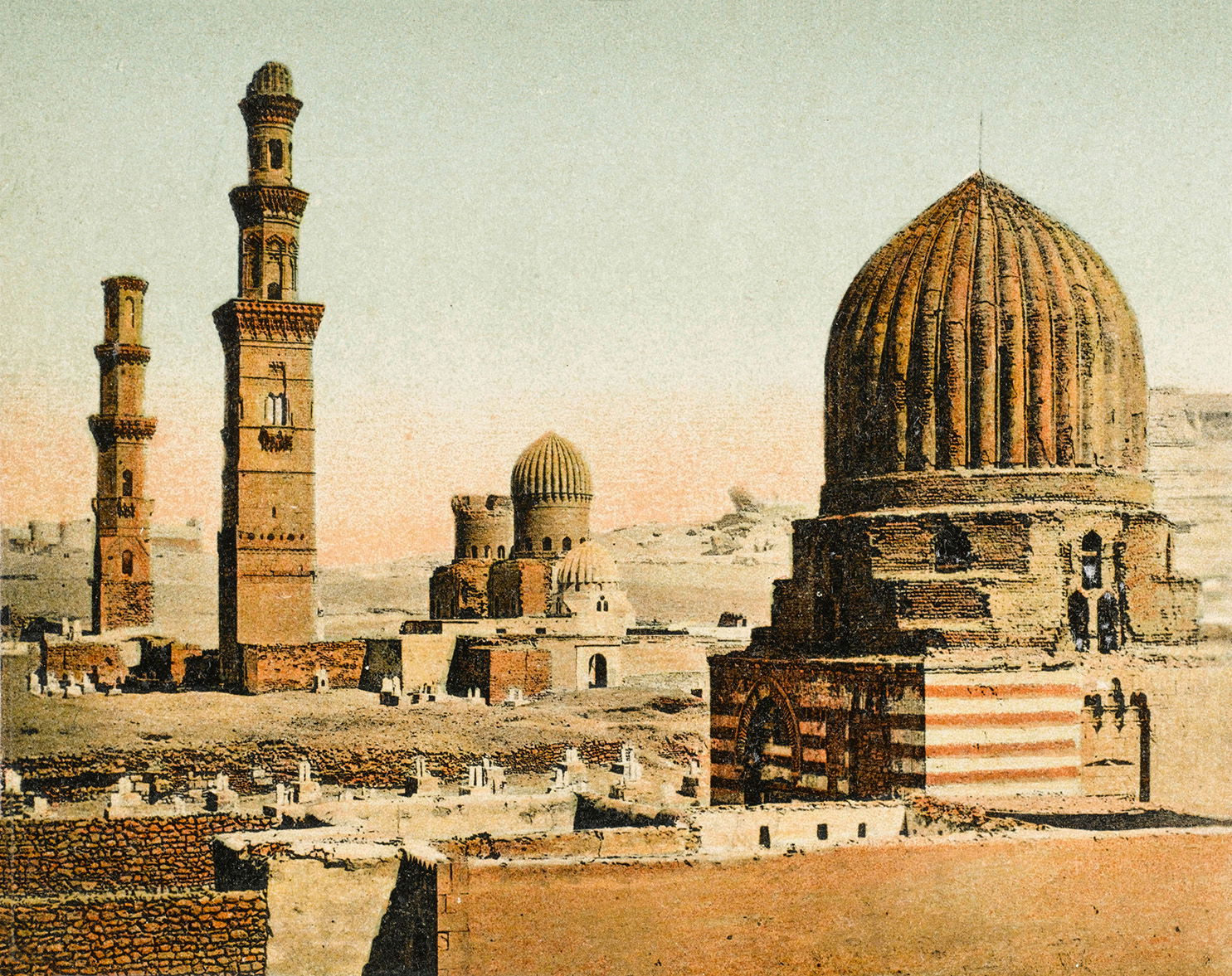Exploring the Mamluk Empire in Jerusalem

Nestled amidst the rich tapestry of Jerusalem's historical landscape lies a period of unparalleled grandeur - the reign of the Mamluk Empire. Spanning from 1250 to 1517, this era stands as a testament to the empire's remarkable influence, leaving an indelible mark on the city's cultural, architectural, and political spheres.
Founded by Sultan Al-Mu'izz Aybak, the Mamluk Empire emerged as a formidable force in the wake of the Crusades, asserting its dominance over the Holy Land. Jerusalem, with its religious significance to Islam, Christianity, and Judaism, became a focal point of the empire's attention. Under Mamluk rule, the city flourished, witnessing a period of prosperity and cultural exchange. As Armstrong says in Jerusalem: One City, Three Faiths, “The Mamluks transformed Jerusalem” (Armstrong 310).
One of the most enduring legacies of the Mamluk Empire in Jerusalem is its architectural marvels. The Sultanate invested heavily in the construction of religious and civic structures, adorning the cityscape with intricate mosques, palaces, and fortifications. Most notably, the Mamluks “restored the dome of the Aqsa, and regilded the Dome of the Rock” (Armstrong 310).
Beyond its architectural splendor, the Mamluk Empire fostered an environment of religious tolerance and intellectual vibrancy in Jerusalem. Despite being an Islamic dynasty, the Mamluks respected the religious diversity of the city, allowing Christians and Jews to practice their faith freely by doing things such as welcoming Catholics into control of the Church of the Holy Sepulcher (Armstrong 308). This atmosphere of inclusivity led to a flourishing of art, literature, and scholarship, with Jerusalem becoming a beacon of cultural exchange in the medieval world.
The Mamluk Empire's reign in Jerusalem was not without its challenges. Throughout its existence, the empire faced threats from external powers, including Mongol invasions and European Crusaders. Yet, through strategic diplomacy and military prowess, the Momluks managed to safeguard Jerusalem's sovereignty, preserving its status as a sacred city for all faiths.
However, like all great empires, the Momluk dynasty eventually succumbed to the forces of time and change. In 1517, the Ottoman Empire, under the leadership of Sultan Selim I, conquered Jerusalem, bringing an end to Mamluk's rule in the region. Despite its fall, the legacy of the Mamluk Empire endures, shaping the cultural identity of Jerusalem and leaving an indelible imprint on its historical narrative.

Comments
Post a Comment